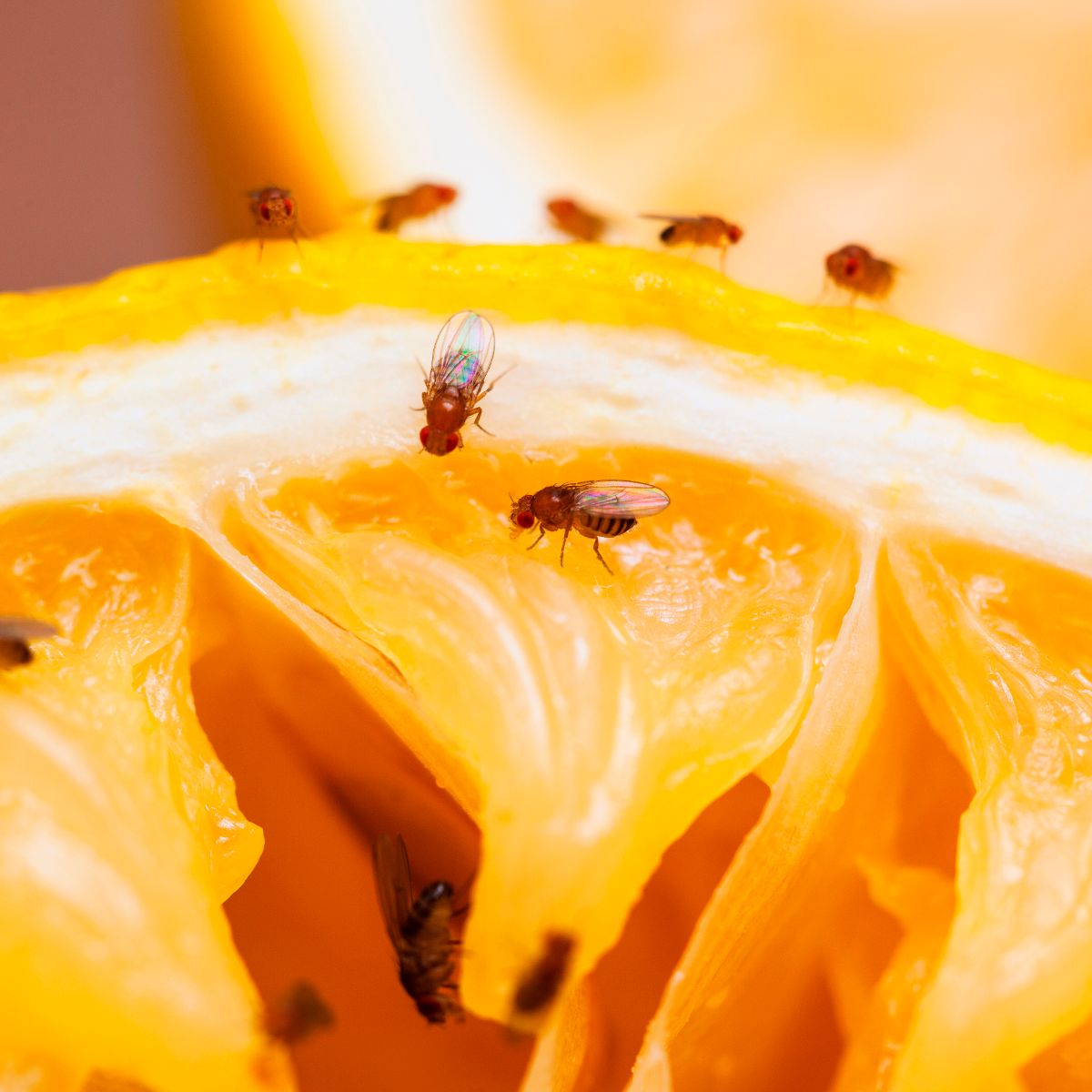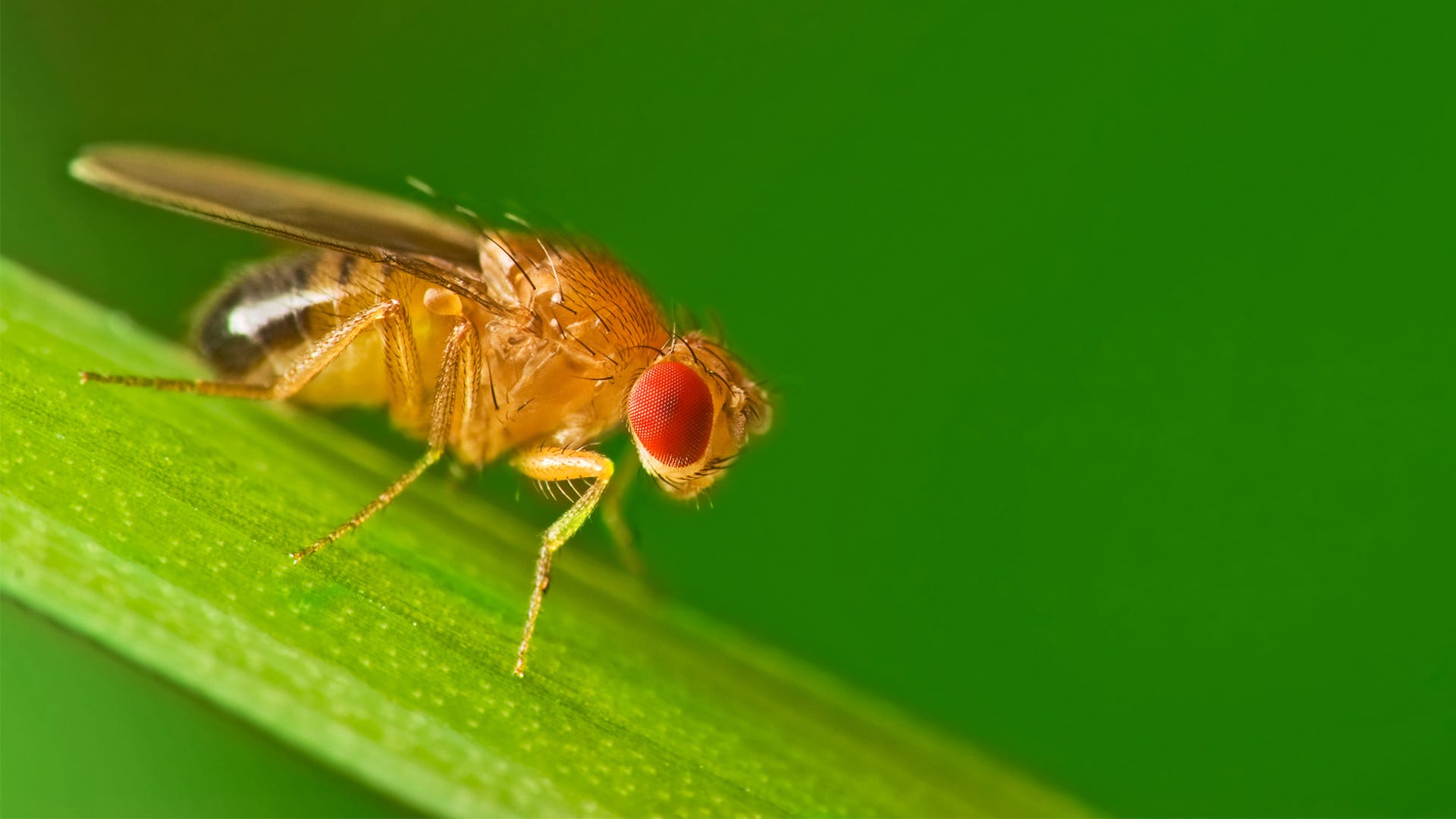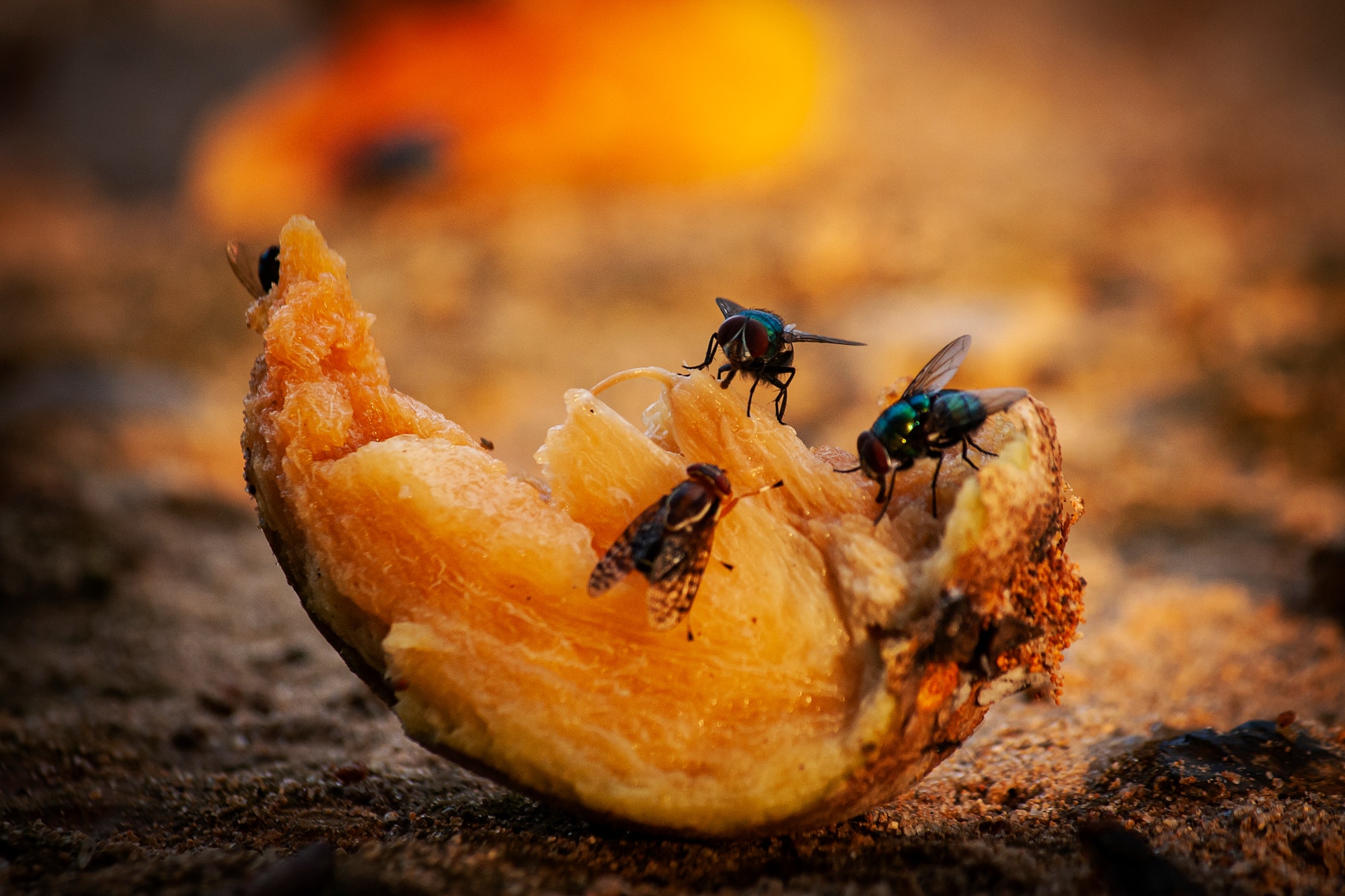Do Flies Really Vomit on Food When They Land?
A couple days ago as I was hanging out with a group of my friends we became curious about how high flies can actually fly in the air. As our curiosity grew we came to discover that flies can fly at different altitudes based on the temperature; For example, on a 90 degree day flies can potentially fly up to 5000 ft in the air, but if it was cooler outside, like 70 degrees, flies can reach about 3000 ft in the air. Not only are flies able to fly extremely high in the air, but the rumor that flies poop when they land on food is false, they actually vomit on food or on anything they may want to digest.
As my curiosities grew fonder, I came to learn that flies are not able to chew their food, therefore when they land on food or anything they may want to eat, they release an enzyme that dissolves the food so they are able to “slurp” it up. The enzyme that is released is technically vomit. As flies are drawn to more fetid areas of the environment, such as: feces, animal carcasses, and trash, they tend to carry twice the amount of germs and bacteria then the typical restaurant pest. Due to the flies being drawn to more fetid areas, that is where they pick up more bacteria

As flies land on different objects, they can gain and/or leave other viruses and bacteria; such as cholera, dysentery, typhoid-causing bacterias, salmonellosis, etc. In the short amount of time that a fly has to live, they can cause a lot of damage.
A flies life cycle is very short. When an adult fly lands around other flies, they typically mate; Then the female fly will lay the eggs, once the eggs are laid, within 1-2 days the eggs turn into maggots, once the eggs have transformed, within 4-5 days the maggots turn into pupae, the pupae is very similar to a cocoon that a caterpillar lives in, the pupae is the hard shell that the fly lives in and grows in. Once the pupae has formed, within 4-5 days, the adult fly is ready to emerge and start the germ spreading with the rest of the population. Once that cycle has been completed, the fly has about a month to live and continue the cycle.

As I have learned over the time I have written this essay, flies are not as harmless as they are made out to be. They can carry harmful bacteria and viruses, when they land on food they not only vomit in order to consume the food, but they also wipe their body off on the surface they are on. When they wipe their body off, they are leaving all of the germs that they carried on the food, which can become a very bad thing. Flies are depicted as just a common, harmless house pest that is typically a pain to swat and get rid of, but they can do many mischievous things that most people are clueless of, which is why when a fly lands on a plate full of food it is recommended to swat the fly away and throw away the plate of food.








